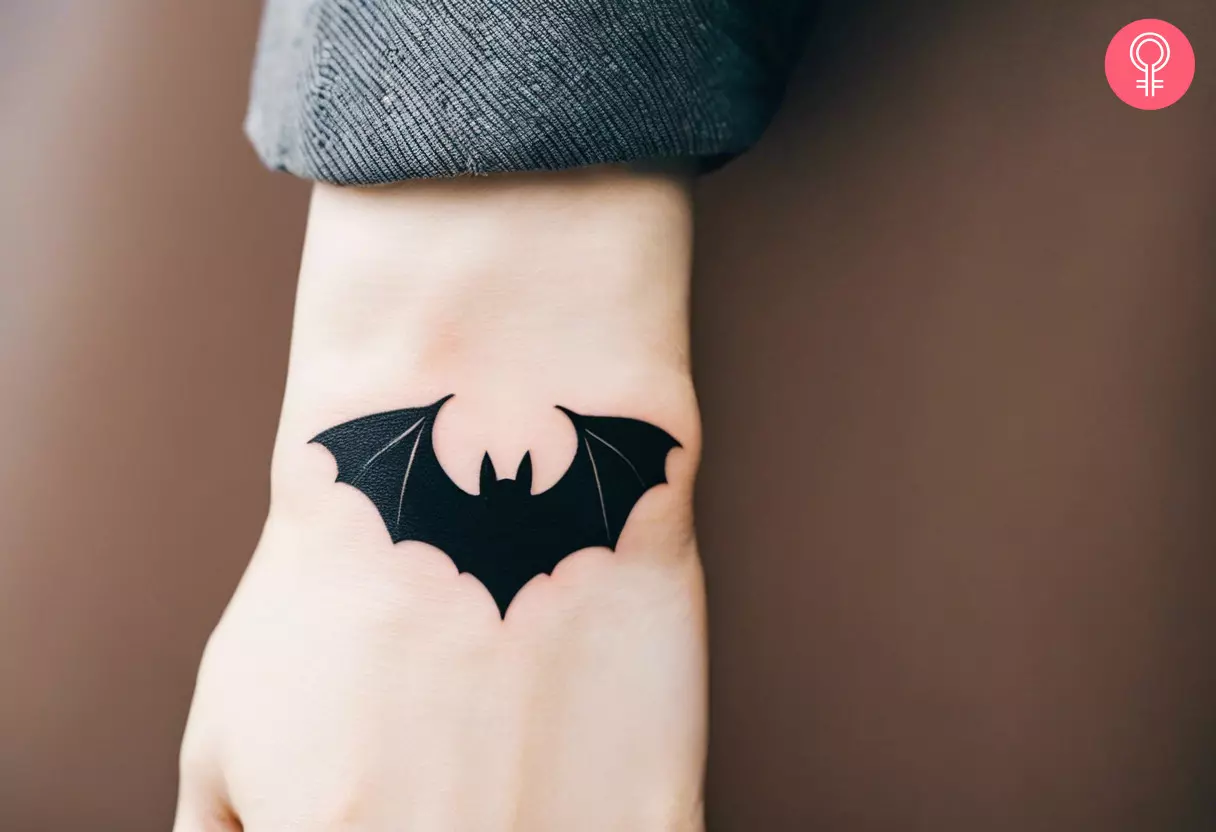Tattoos have long served as a medium for self-expression, cultural representation, and personal identity.
However, what happens when the ink of yesterday no longer reflects the story we wish to tell today?
This is where the intriguing practice of cover-up tattoos comes into play, offering a canvas for
transformation, renewal, and reinvention.
Origins and Evolution
Covering up tattoos is a practice as old as tattooing itself. In ancient civilizations like Egypt and
Polynesia, people devised methods to modify or obscure unwanted tattoos. These methods ranged from
scarification to using natural pigments to mask existing ink. Over time, as tattooing evolved into a
sophisticated art form, cover-up techniques also advanced. Modern technology, specialized ink
formulas, and innovative equipment have made it possible to effectively conceal old tattoos with new,
vibrant designs.
The Art of Transformation
At its core, cover-up tattooing is about transformation. It allows individuals to reclaim ownership of their
bodies and narratives by reimagining outdated or regrettable tattoos into meaningful works of art.
Whether it’s obscuring the remnants of a past relationship or commemorating personal growth and
resilience, cover-up tattoos offer a canvas for self-expression and renewal.
Symbolism and Significance
Each cover-up tattoo carries its own unique symbolism and significance. Some individuals opt for
intricate designs that symbolize rebirth, renewal, or transformation, while others incorporate elements
from their cultural heritage or spiritual beliefs. The process of concealing an old tattoo with a new one
can be deeply symbolic, representing a metaphorical shedding of the past and embracing of the future.
Practical Considerations
While cover-up tattoos offer a creative solution for transforming unwanted ink, there are practical
considerations to keep in mind. Not all tattoos are equally suited to cover-up, as factors such as size,
color, and placement can impact the feasibility of concealing them. Consulting with an experienced
tattoo artist is essential to assess the possibilities and limitations of cover-up tattooing. Additionally,
multiple sessions may be required to achieve the desired result, depending on the complexity of the
cover-up design and the characteristics of the original tattoo.
Embracing Imperfection
It’s important to acknowledge that cover-up tattoos, like all forms of art, are subjective. What one
person views as a masterpiece, another may perceive as a flawed creation. However, therein lies the
beauty of cover-up tattoos – they embrace imperfection and celebrate the journey of self-discovery an
reinvention. By reclaiming our bodies as living canvases, we empower ourselves to rewrite our stories
and embrace the beauty of imperfection.
In conclusion, cover-up tattoos represent more than just a cosmetic solution to unwanted ink. They
embody the human experience of growth, transformation, and resilience. By reclaiming our bodies as
living canvases, we empower ourselves to rewrite our stories and embrace the beauty of imperfection.
Cover-up tattoos serve as a testament to the enduring nature of art and the power of self-expression. As
we continue to evolve as individuals, so too do the stories we choose to tell with our bodies.
